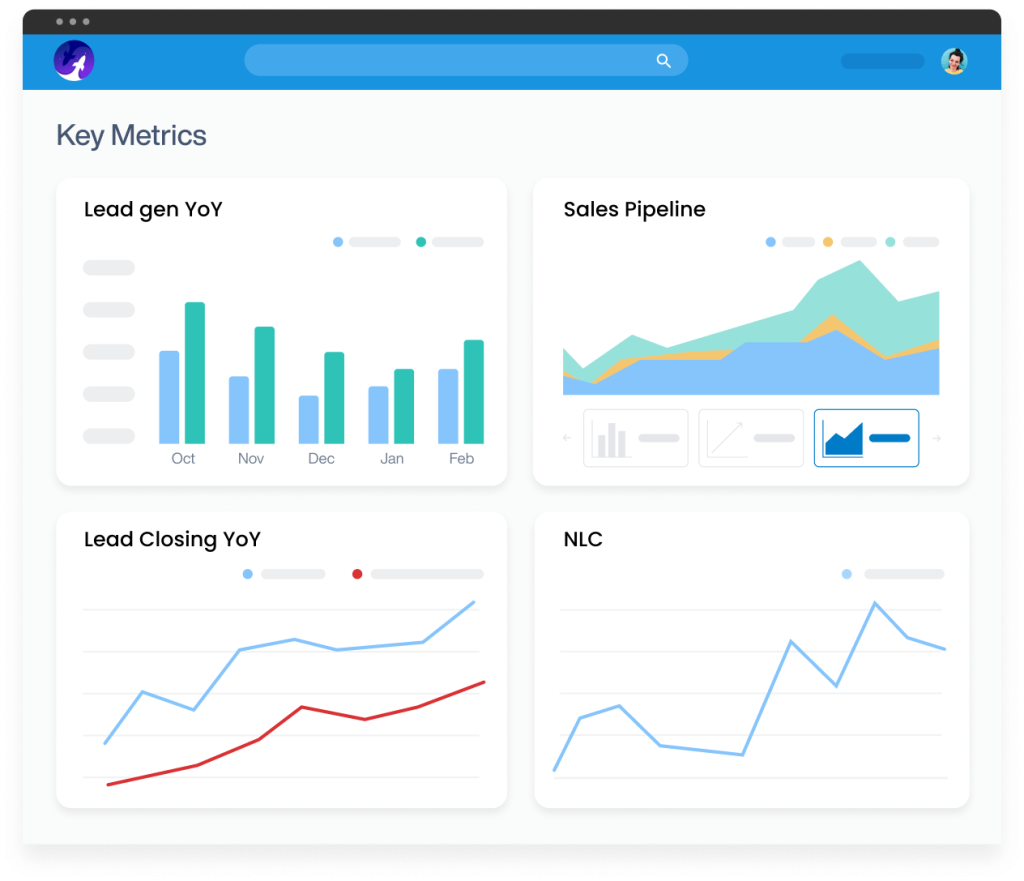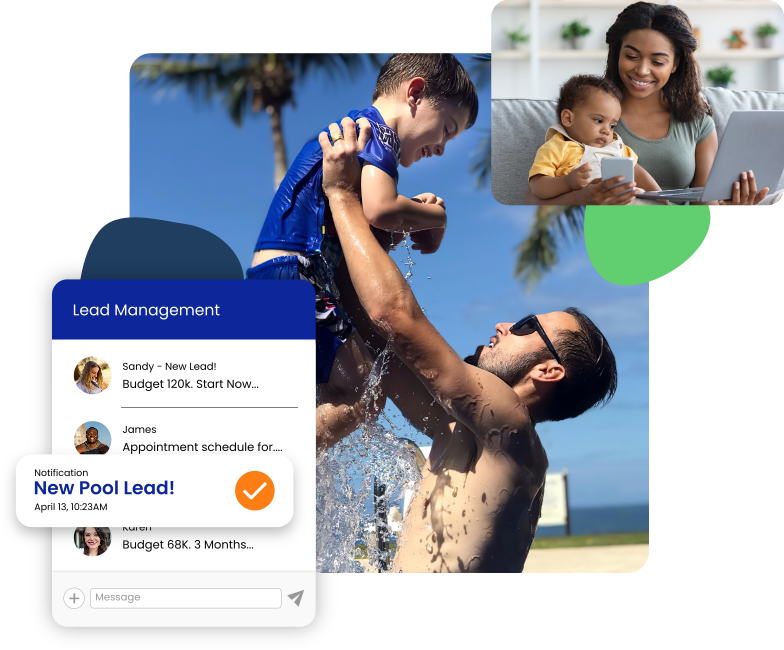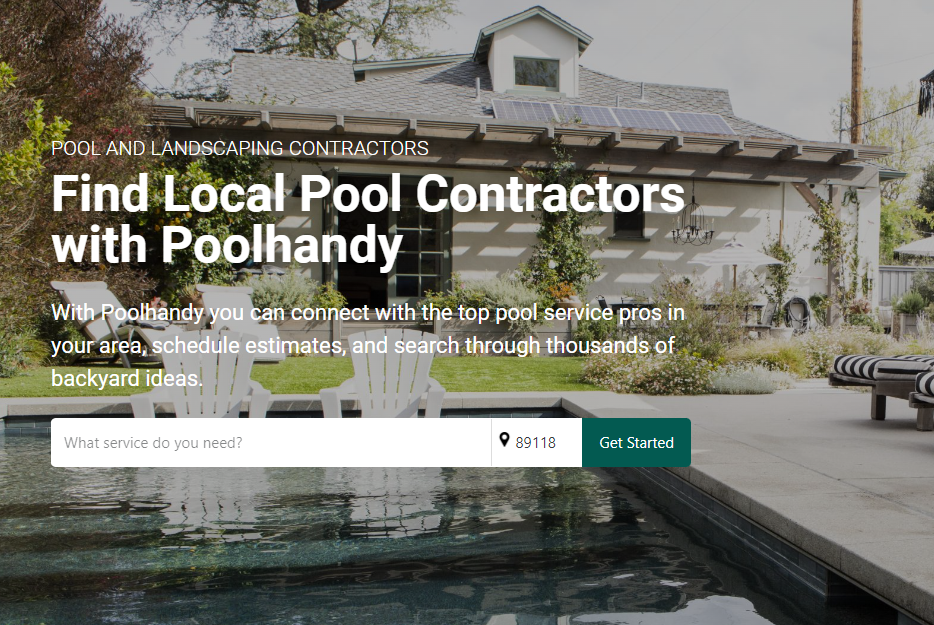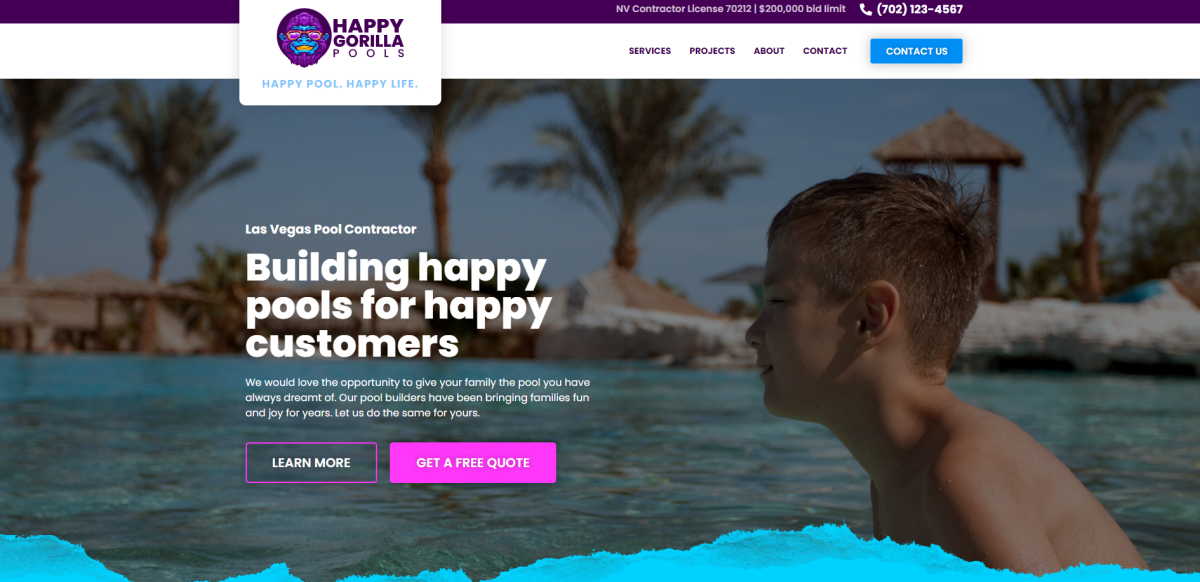Tips to Improve SEO for Pool and Spa Companies: While online marketing continues to surpass traditional outbound marketing The industry of pools has adjusted to digitalization better than most. However, it is interesting to note that the industry is facing several problems that are the same issues similar to those it had in the past. One of the issues lies more with locating customers and more in effectively engaging with them in a meaningful manner.
When you create your plan for digital marketing, you will discover that there are a variety of options for advertising your swimming pool business. Starting from Search engine Optimization (SEO) to pay-per-click (PPC) advertising to email marketing, There is a myriad of possibilities to reach your intended customers..
SEO is among the most effective methods to reach your public. It is the process of increasing the position of your site’s website in search results for terms that are related to your pool business in search results.
Then, why is SEO crucial?
Most people begin their online experience by searching on search engines such as Google. In reality, 95% of all internet-related experiences start by using a search engine. With the number of people who conduct internet searches, you have to ensure that your site is found within the results of a search.
Tips to Improve SEO for Pool and Spa Companies: Intro
But if COVID-19 begins to wane and a better future is short, competition regarding both will increase. Luckily, Search Engine Optimization (SEO) can do more than its name suggests it does, and includes addressing these issues. In this regard we’ve compiled seven SEO tips for spa and pool businesses to help you start.
SEO Defined
In the first place, let us briefly define SEO. SEO is a collection of methods that optimizes websites or content specifically for use by search engines and, then also for human beings.
In order to do this SEO is available in three primary subsets:
- SEO on-page: This subset is optimized for elements on the page like layouts and images.
- Off-page SEO: In contrast Off-page SEO focuses on activities off-page that can benefit your site, for instance link-building.
- Technical SEO: Lastly this segment concentrates on your website’s technical health.
A significant type that SEO has is the local SEO. This is focused specifically on Google My Business (GMB) and is specifically targeted at local customers rather than general audiences. It also leads numerous local marketing initiatives -and continues to be welcomed by pool companies due to this reason.
Optimizing Your SEO Using Customer-Centric Strategies
With this in mind, let us briefly discuss SEO’s main purpose and benefits. In the industry of pool The primary goal is not finding clients, but rather to concentrate on your clients. This is why you might want to concentrate your efforts on delivering the best possible Customer Experience (UX) by implementing it, since the two are in close proximity.
For illustrative purposes we will cite relevant studies:
- Customer-centricity improves SEO: A strategy that is centered on the customer will undoubtedly help keep your customers happy. In the same way, Hubspot finds that satisfied customers produce more engaged signals, which can boost the search engine optimization of your website.
- Both aid in acquiring customers: In the same way, SEO generates leads, as WebFx confirms, and is the initial step towards getting customers. SEO and customer-centricity then help to satisfy customers who are interested and create synergies towards that goal.
- Two synergies to help with retention of customers: Lastly an SEO-friendly, customer-focused website can provide a more pleasant user experience and therefore helps to retain customers. Semrush is a good example of research that confirms that retention is vital, because it is less expensive than acquisition. Furthermore, existing customers have higher and more frequent purchases across all sectors, which includes the industry of pool.
Tips to Improve SEO that can be used by Pool and Spa Companies
That being said, SEO is very expansive in its fundamental. Backlinko has identified over 200 ranking factors which require considerable effort and time to address. Furthermore, every sector has its own unique traits which influence the cost-efficiency, scope and so on.
With this in mind, let’s go over the fundamentals in SEO as well as how they meet the specific needs of the pool industry.
1. Create the database you want to use and then segment audience
The first step towards any effective marketing plan of all kinds is to personalize. That’s why customer-centricity remains an underlying principle, and the reason every SMART goal-setting session starts by identifying the target audience. Marketing outreach is more effective when you know precisely whom you’re trying to reach out to.To deal with this it is possible to start by creating the database. It is possible to do this by using the Customer Relationship Management (CRM) software and segmenting your audience according to criteria such as:
- Demographics: Your audience’s demographics, including race, sex education, income and race.
- Psychographics: Your audience’s psychographics, including values, interests , and their perceived desires.
- Segmentation by behavioural characteristics: your audience are based on their behavior patterns like purchase or the history of interactions.
Naturally, these data will provide invaluable assistance to create buyer personas as well as mapping the customer’s journey. In terms of SEO the insights will guide your strategies for content.
2. Concentrate On Local SEO
Once you’ve got your segmentation established You can then begin working toward SEO. The business of pool, however, tends to be more influenced by local customers than general audiences. However, even if this isn’t your situation Local SEO provides the distinct value of local exposure and therefore SEO strategies for spa and pool companies can’t be ignored.Thus, you could start by understanding the basics of local SEO, which are explained in the article we linked earlier. The key is:
- Make or claim or claim your GMB listing.
- Make it more effective by adding photos and other important information such as contact details (NAP), working hours and the availability of services.
- Include hyperlinks on your Facebook and Twitter pages and your website, allowing general SEO be the dominant factor.
- Inspire local feedback and Citations.
- Include local keywords in files, posts and so on.
Select your keywords with care In the area of keywords Local and general SEO demands a lot of attention to the choices of keywords. Making content based on keywords can help satisfy the intent of search of your customers, which is what our SEO strategies for pool and spa businesses will discuss in the next. This doesn’t help meet the requirements of Google’s algorithm but rather it is about giving value to your customers.One quick Google search will yield a variety of keywords lists which are both general and industry-specific. Marketkeep has one specifically specific to the pool industry, for example. But, the value of keywords changes constantly and is heavily dependent on your strategies and your brand’s identity and also.Therefore, you might want to use search engines instead. The most well-known and effective ones are:
- Google Keyword Planner
- Semrush
- Ahrefs
- Serpstat
- Ubersuggest
Find your audience’s intentions of search with quality content
At the end of the day, putting your research to work is about finding your audience’s intentions to search through them. Simply put,”search intent” is precisely what the name suggests: what your customers are expecting their search to provide them.The most important reasons for why you should accomplish this are equally easy:
- Your customers are interested in it. If they don’t find the information they’re looking for will abandon your site, depriving you of the possibility of a new client.
- Google takes care of it. Google takes great care of the search intent, too. Moz considers it as an important ranking factor that drives SEO.
- Marketing benefits from it. Also as Moz mentions the search intent could help your content marketing to bridge the stages of your sales funnel.
SearchEngineJournal provides a helpful explanation of the three kinds of user intent:
- Informational. These searches are for information and comprise the majority of searches.
- Navigational. These search queries aim to lead to specific websites or pages that are mainly sourced from potential customers.
- Transactional. These searches also carry an intent to conduct transactions Local searches are often included to this category.
You can also look through Google results for your search, People Also Ask panels and other websites to discover the intention behind your keywords. While you’re there, look at trends in the pool industry for further insights. With this information, you can better serve current and prospective customers by providing them with the exact information they seek.
Optimize your site
Once you have the basics in place and in order, we can now dive into the more basic SEO strategies for spa and pool companies. Beginning with universally beneficial optimizations, we can now start implementing the fundamentals of SEO for your website.Between technical SEO and on-page SEO, take a look at the following:
- Reduce your images. SEO recommends that your images must have a that is less than 100kb. Images are among the most common causes of the slow load speed. Google/SOASTA research shows the fact that slower loading times directly are correlated with bounce rates. Doing it will mean you’ll lose the smallest number of potential customers.
- Remove plugins that aren’t needed. The other common reason that slows websites is with heavy, unneeded plugins. Take a close look at your plugins and assess if the benefits they bring outweigh the performance impacts.
- Monitor and secure your website. In the end, you can secure your site by ways as switching to HTTPS or updating your firewall and more. Visitors and search engines alike greatly appreciate secure websites.
Delve into social media
Then, you can look into the world of social media. While the decision to pursue this option is contingent on your specific position and circumstance, social media can also aid SEO.
However, they don’t directly affect rankings. The most well-known SEO myth is that social signals are directly enhancing SEO rankings. SEO’s John Mueller has debunked many times. What social media activities do is fuel SEO by helping measure the effectiveness of SEO.
While at the same time it draws more customers who are interested in your site, while letting it’s SEO manage the conversions.Strategies to make use of social media to your advantage include:
- Employ social listening. Software designed for this purpose can help you monitor conversations that don’t specifically refer to your company or its business. These assets can provide you with information about your audience’s preferences, interests as well as complaints and more.
- Engage frequently and in a meaningful way. Without or with the use of social media, it’s essential to communicate with your audience frequently. Respond to their inquiries and concerns and help them in any way you can. These thoughtful interactions will build your brand’s image and help build confidence.
- Social media outreach should be aligned to your site. In addition, you can match your brand’s visual identity and tone to your website. This will guarantee a consistent user journey and improve the chance of conversions. When you are doing this, be sure to keep your website up and running on social media when necessary.
Check your progress also, no marketing strategy will be successful without continuous evaluation and adaption. In this last step, you can collect information from various sources and let them guide your SEO. The most reputable sources for this are:
Google Analytics. Google Analytics offers an invaluable analysis of the performance of your site and traffic patterns in traffic sources, traffic sources, and so on.
Your CRM. The CRM you have is explicitly designed to improve customer relations and probably does so quite efficiently. Review interaction history, purchase records, and other data that can be used to gauge your efforts’ effectiveness.
Heat maps for websites. In the end, website heat maps give insight into how your visitors behave on your site. This includes how long they scroll, what they tap or click, and the position of their cursors. Naturally, these insights could be beneficial in determining your SEO strategy or not.
Conclusion
Ultimately, our seven SEO strategies for spa and pool companies are all about the importance of customer-centricity. Start by creating your database to make it easier to personalize your services and utilize it to improve local SEO. After that, you should improve your keyword research and ensure that your visitors’ intent to search by using them.
While you’re at it, continue to apply your findings towards optimizing your website and also align your social media marketing activities to it. Also, use the analytics software to assess the effectiveness of your efforts and make adjustments as needed. Each of these steps will take the goal closer towards satisfying current and potential customers, focusing marketing on them.
Author: Go Pool Pros
test









